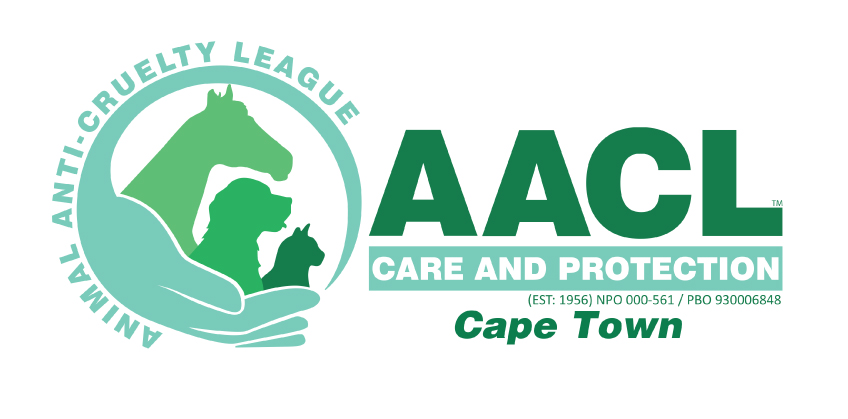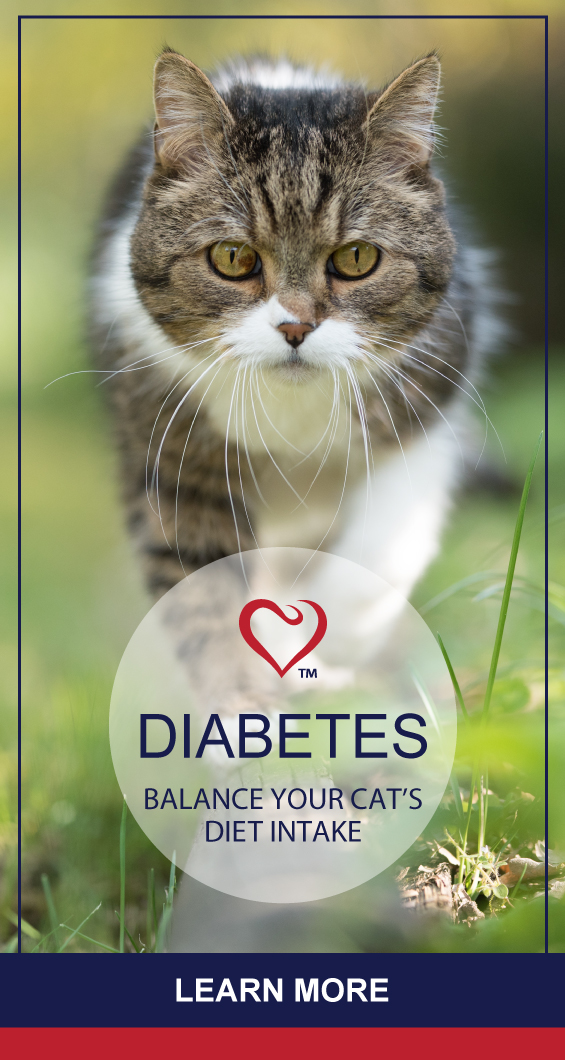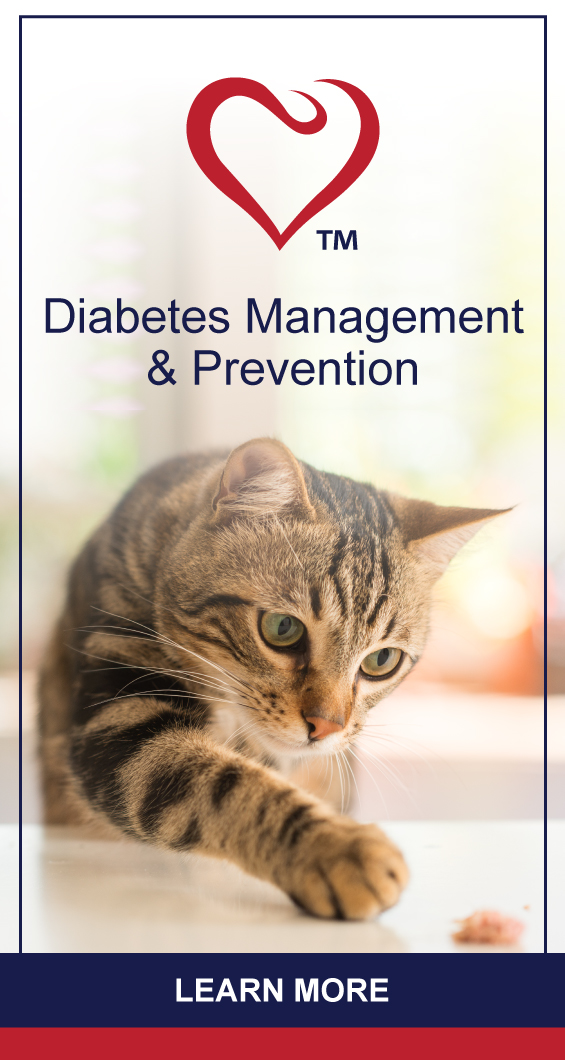HEALTH & WELLNESS

TRENDING

We’re excited and honoured to feature South Africa’s second largest independent animal welfare organisation on PetlifeSA.
Pet Diabetes

What is diabetes?
Diabetes mellitus (DM) is a chronic disease characterised by elevated blood sugar (glucose) levels. Insulin is the hormone responsible for lowering blood glucose and is produced by a digestive organ called the pancreas. In veterinary medicine DM can be divided into two different types; type 1 DM (insulin-dependent diabetes) or type 2 DM (non-insulin-dependent diabetes).
Type 1 DM – caused by the inability to produce sufficient insulin and is most commonly seen in dogs.
Type 2 DM – caused by the body becoming resistant to the effects of insulin or an insufficient production of insulin and is seen most commonly in cats.
How common is diabetes in pets?
A five year study published by the University of Queensland demonstrated a prevalence of 7.4 per 1000 cats, the incidence was significantly higher amongst the Burmese cat population. Risk factors include obesity, age (cats over seven appear at higher risk), breed, physical inactivity, gender and some medications.
In dogs one study reported a 0.34% incidence with certain breeds such as Cairn Terriers and Samoyed breeds over represented. In dogs DM can also occur secondary to other conditions such as pancreatitis, oestrus and Cushing’s disease.
What signs should I look out for?
The clinical signs of DM, regardless of type are the same: increased thirst, urination and hunger, inappropriate urination, weight loss, lethargy, weakness, poor skin and coat condition. In dogs, cataracts and blindness may also result.
How is diabetes diagnosed?
Diagnosis is confirmed by blood and urine testing.
How is diabetes managed in pets?
The management solution of both DM type 1 and 2 involves twice daily injections of insulin, consistent meals and exercise. Pets with type 1 DM will required life-long injections however there is an approximately 50% chance of remission for pets with type 2 DM provided early diagnosis and adequate management. Dogs and cats with well controlled diabetes can go on to lead normal lives and have the same life expectancy as non-diabetic dogs and cats.
Related Articles









